Sensors can be used to record all kinds of measured values with Home Assistant. Temperature and humidity sensors in particular are essential for saving energy and maintaining a pleasant, comfortable climate. I have some tips for you:
ThermoPro TP357 Bluetooth sensor
The ThermoPro TP357 is a sensor that is connected to the Home Assistant via Bluetooth. It measures temperature and humidity reliably and accurately. You can read the current values on its display even without Home Assistant and a smiley face shows how the room climate is doing.
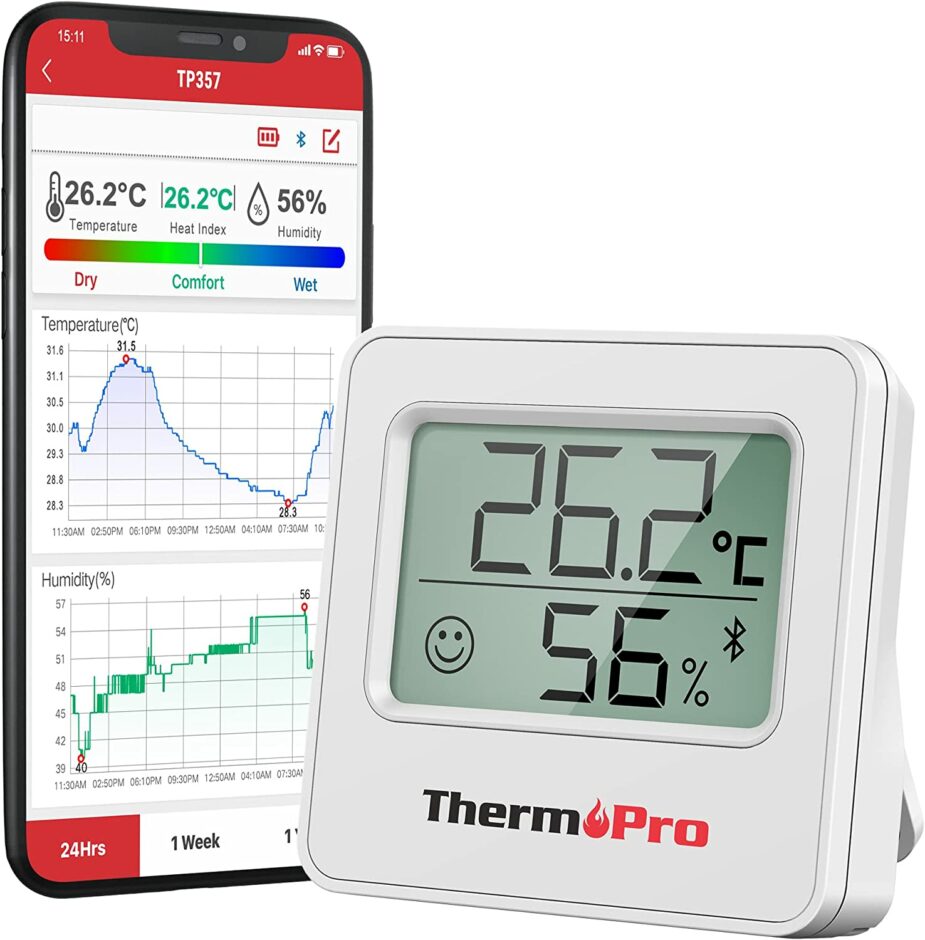
If you want, you can also use the associated smartphone app, which can also be used in parallel with the Home Assistant. The ThermoPro sensors have their own integration for Home Assistant, so that nothing stands in the way of smooth use. This also enables the use of the TP359, TP 358 and TP393 models
At just under 13 euros, the ThermoPro TP357 is a very inexpensive solution, of which you can also buy a few more.
Aqara ZigBee sensors
Those who prefer to use the ZigBee standard can take a look at the sensors from Aqara. These can be easily used with ZHA, ZigBee2MQTT or DeConz. The Aqara window sensor is small and quite inconspicuous, but unfortunately only available in white. The battery lasts almost 2 years (at least for us). Another interesting feature is the water sensor, which can be used to quickly and safely monitor leaking water from washing machines or dishwashers.
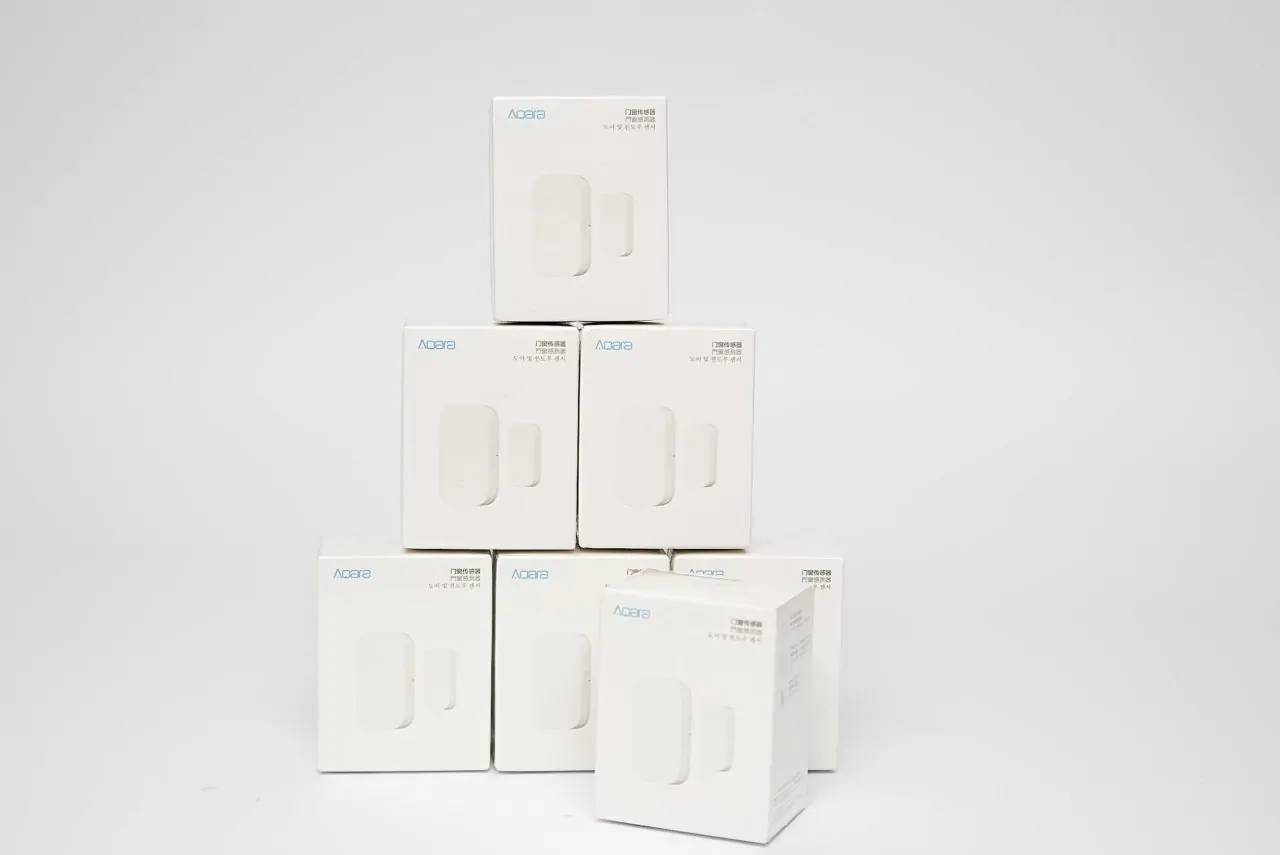
Unfortunately, the Aqara sensors have become relatively expensive. I bought the window sensor or the temperature sensor 3 years ago for well under 10 euros.
I can also recommend the compact Aqara motion detector, which works very reliably and can be mounted inconspicuously and easily.
Unfortunately, prices have doubled since then. Nevertheless, the Aqara sensors are a very reliable and good choice.
Sonoff ZigBee sensors
An alternative to the Aqara sensors are the models from Sonoff, which are also somewhat cheaper. Some users report disconnections when the sensor is used at the edge of the ZigBee network.
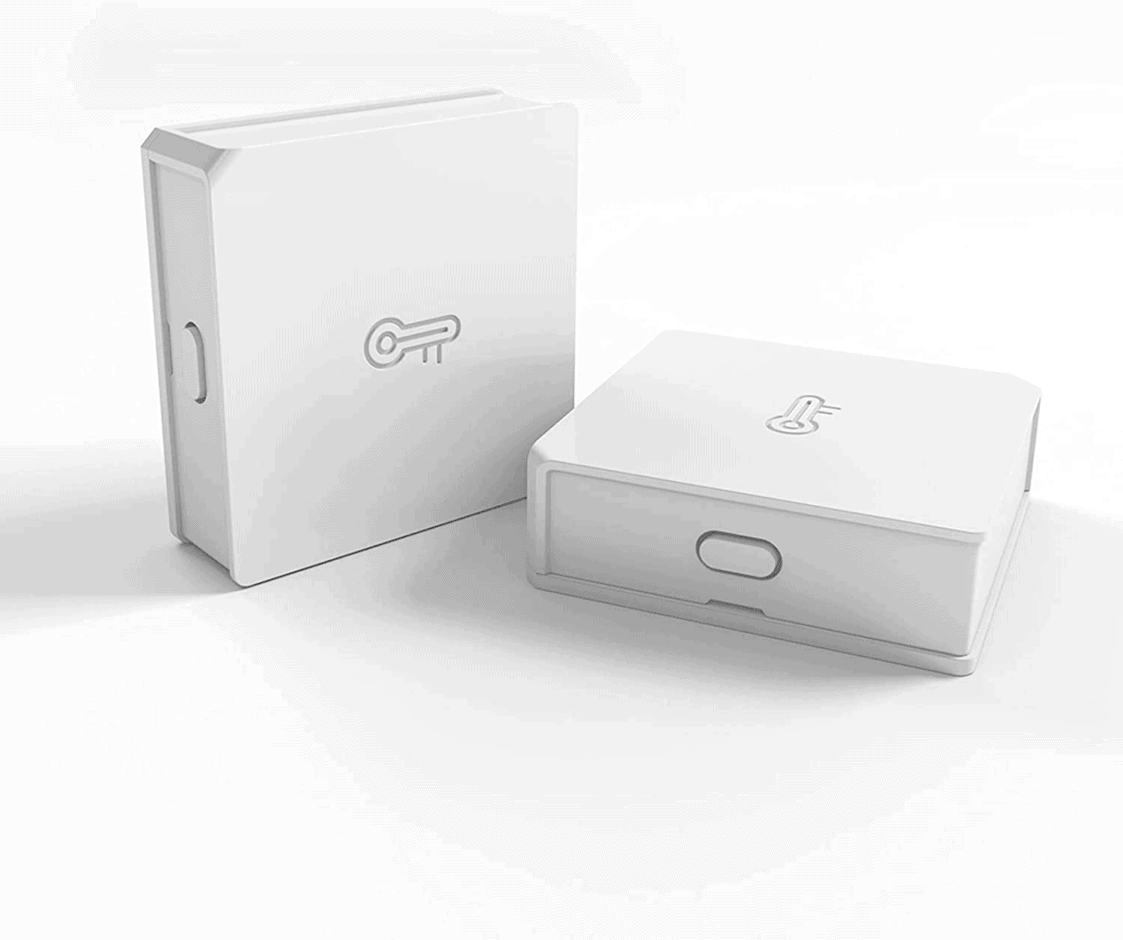
What many people don’t know is that you can expand and stabilise a ZigBee network with ZigBee devices that are permanently supplied with power. A ZigBee socket or ZigBee lights, which are supplied with mains voltage, then work as a repeater and ensure that the coverage is extended.
1-Wire temperature sensors of type 18b20
The 18b20 sensors are very inexpensive and easy to use. These sensors are ideal wherever temperatures need to be recorded immediately. They can be used as a contact sensor for heating pipes, poured into the screed to measure the temperature of the floor or sunk into the ground to measure the soil temperature in the garden or raised bed.
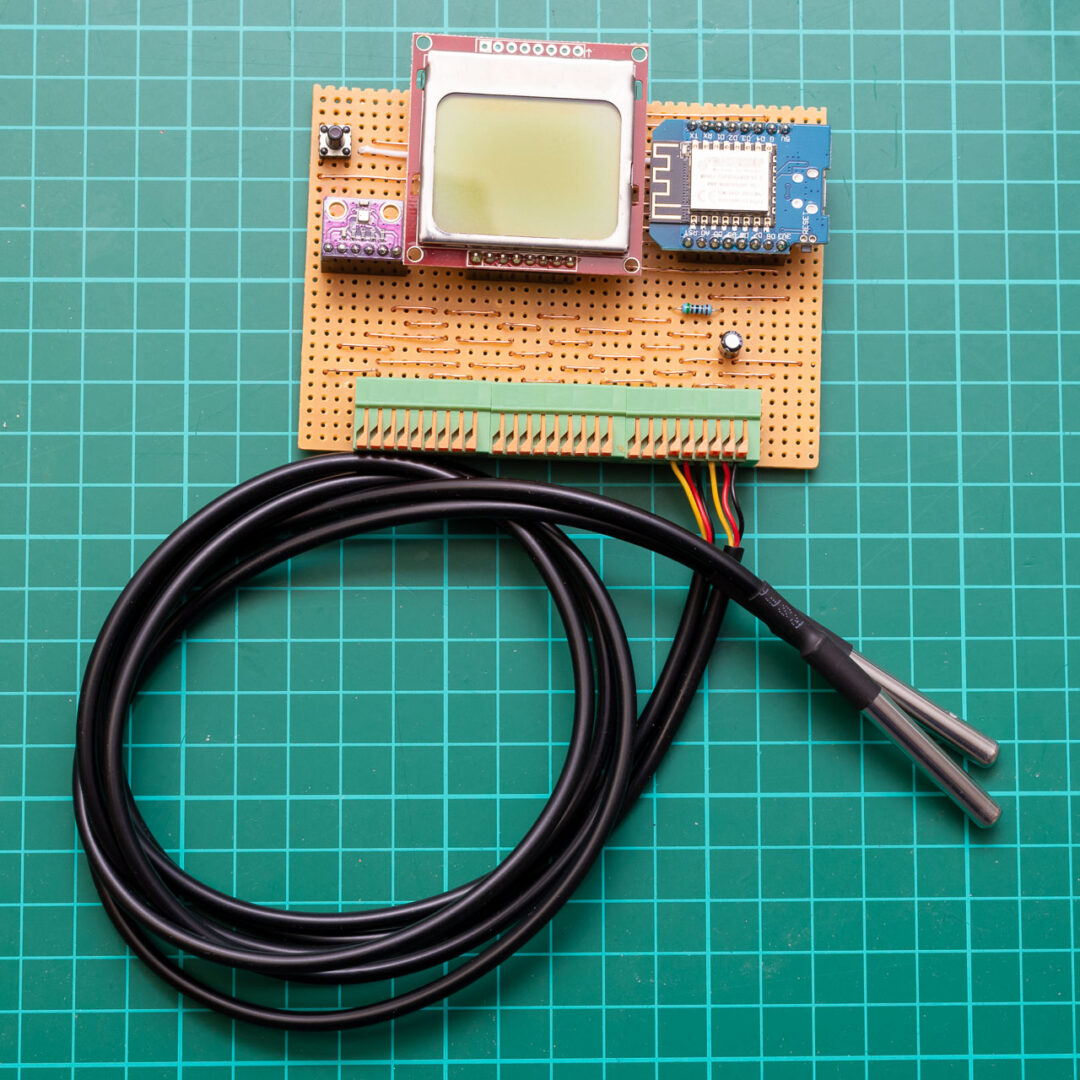
Up to 200 sensors can be operated on one bus, which can be up to 100 metres long (ideally a maximum of 10 sensors per line). Only a 3-wire cable is required and with the ESPHome platform, 1-wire integration into Home Assistant is very simple. If you use a Raspi as a platform for Home Assistant, you can also connect the sensors directly to a GPIO pin.
The 18b20 sensors can also be “misused” to detect the status of a switch or contact. You switch the power supply to the sensor and simply check whether the address of the 1-wire sensor can be found. If yes: switch closed. If no: switch open. This makes it very easy and inexpensive to integrate window sensors with reed contacts, for example, into Home Assistant. More on this here soon.
These were my tips for recommended sensors for use with Home Assistant. Which sensors do you use? Feel free to leave a comment!

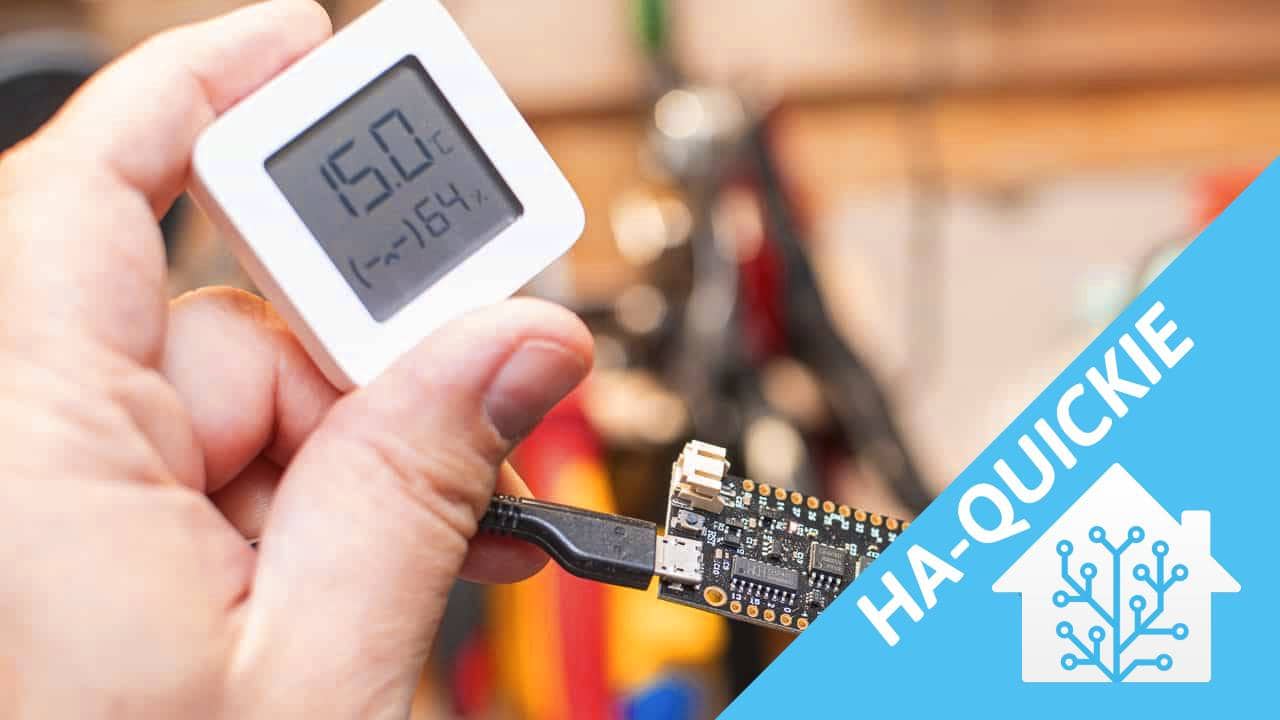
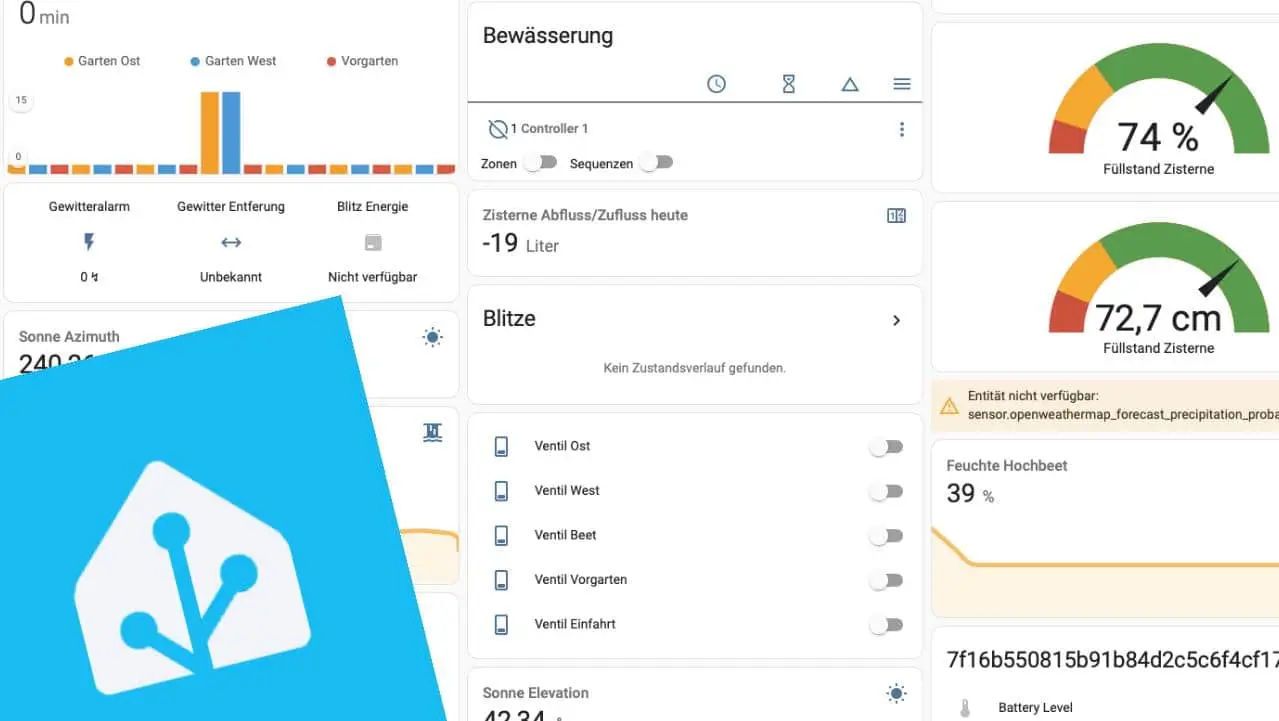
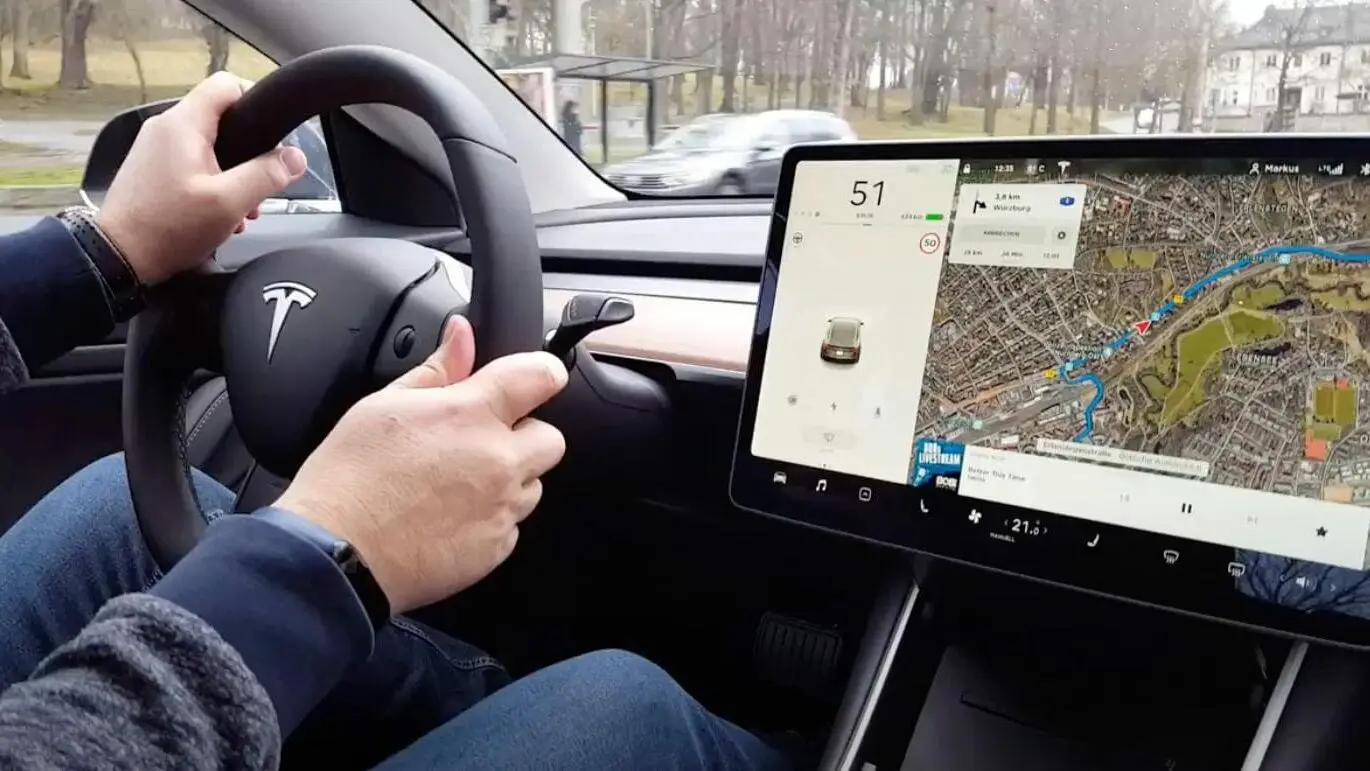
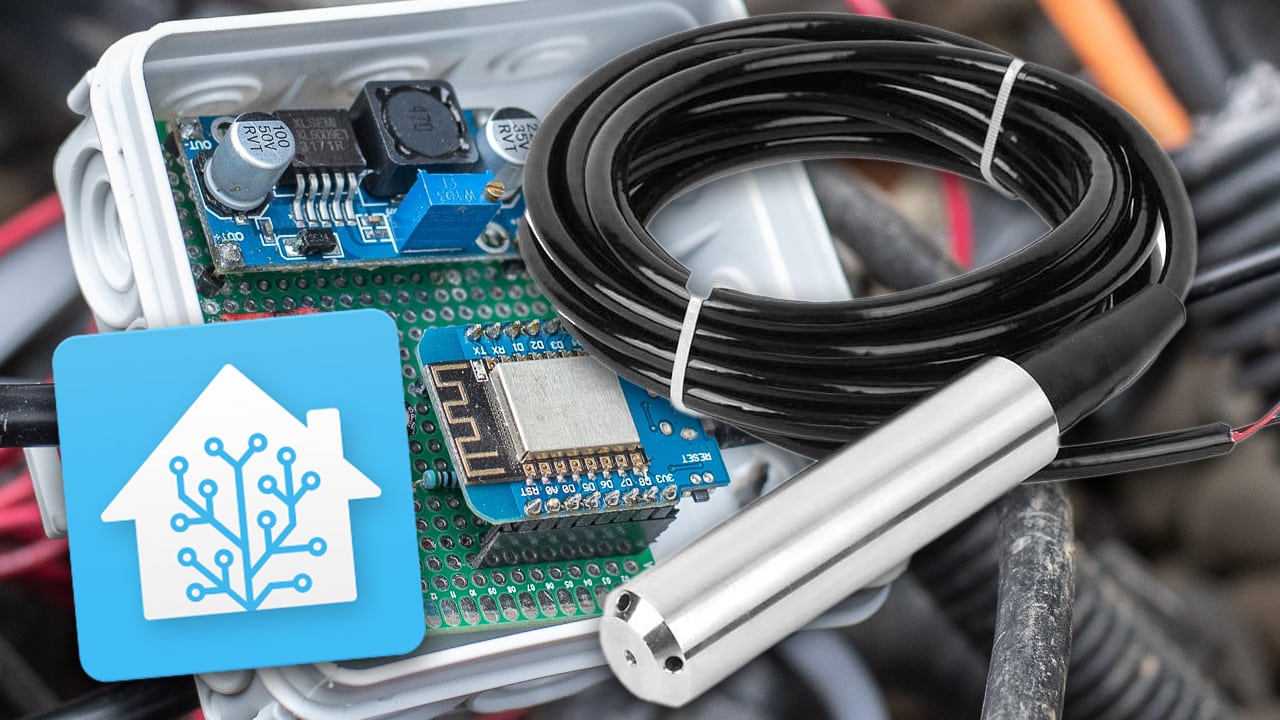
Leave a Reply